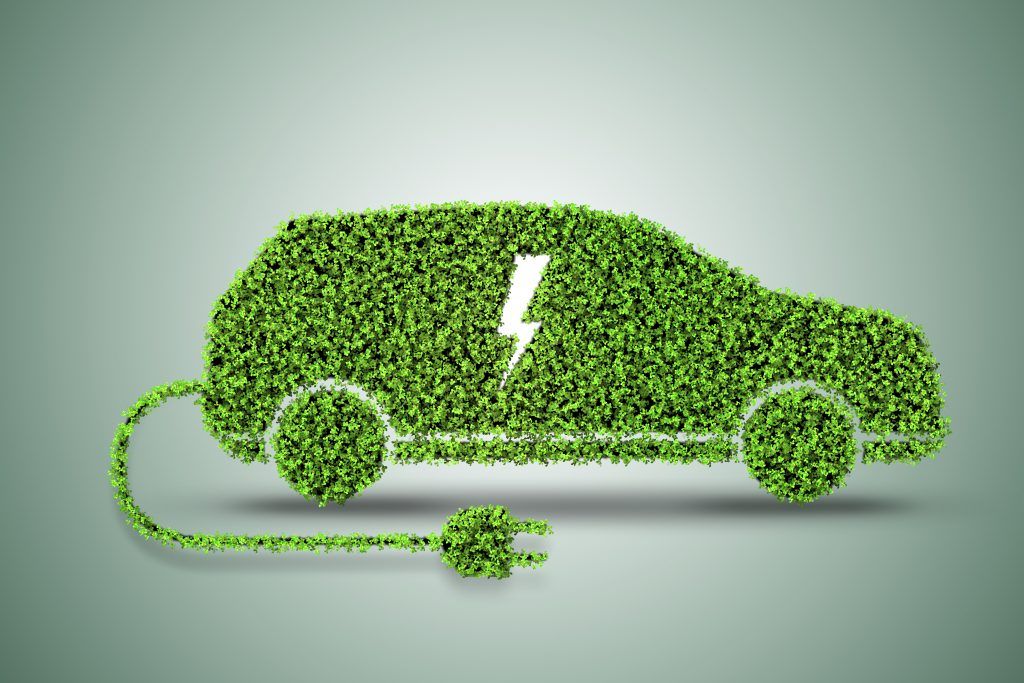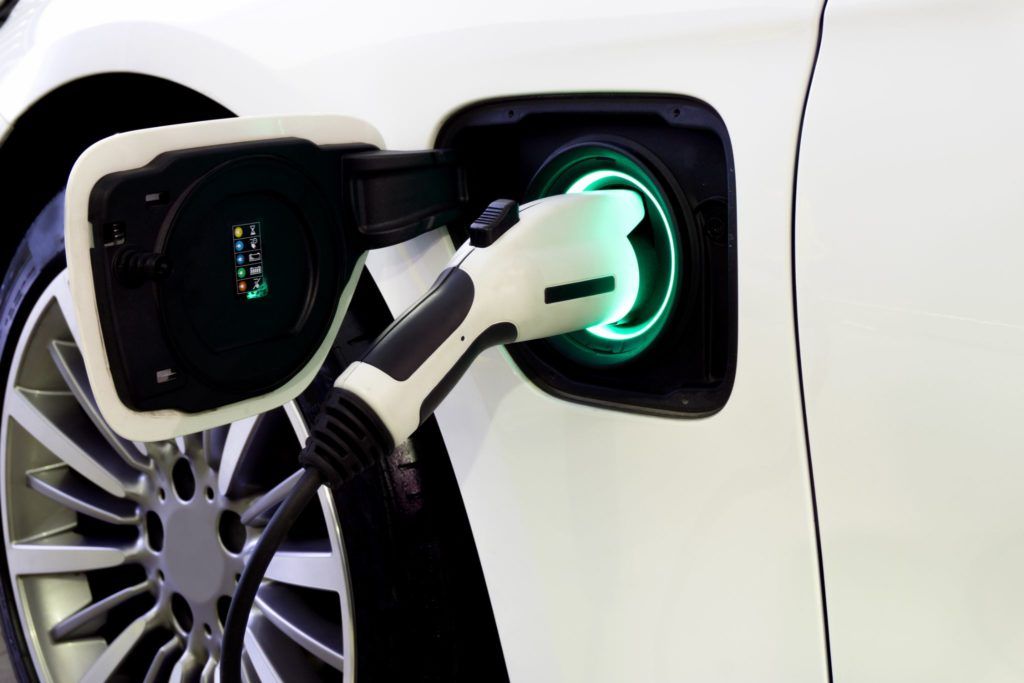The latest quarterly demand report from the Advanced Propulsion Centre (APC) highlights an increase in global battery demand forecast to 3306 GWh (gigawatt hours) with five million more battery electric vehicles projected globally by 2030.
The report looks at the impact of the US Inflation Reduction Act and also turns the spotlight on the demand requirements for the critical mineral; platinum, including how a potential increase in fuel cell electric vehicles (FCEV), due to lithium shortage will impact platinum demand for the automotive industry.
The recently introduced US bill, the Inflation Reduction Act (IRA) is set to make an impact in the UK and Europe as overseas investment into the automotive sector looks to shift to the US. The IRA has an allocation of $370 billion for clean energy projects including the automotive industry that will be ploughed into personal and commercial tax credits to scale up EV production as well as infrastructure development. Together with additional tax credits designed to boost a US domestic supply chain, it indicates a move in automotive investment away from the UK and Europe.
Dr Chris Jones, Strategic Trends Manager at the APC, said: “The impact of the Inflation Reduction Act could mean that the ambitions of automotive manufacturers in the UK and Europe do not materialise as quickly as they would like. Investment momentum for gigafactories is now shifting to the US. For example, Hyundai and LG energy solutions are investing $4.4 bn to build a seventh LG energy battery manufacturing plant, in the state of Georgia, US.”
The growth of the global economy has been slower than anticipated, including in China, which has had an impact on the quarterly outlook. The Inflation Reduction Act has had the desired effect and USA is now the second largest EV market, which can be seen in the increase in global demand. APC Q4 2022 Demand Report had anticipated a global battery requirement of 2906 GWh by 2030, but this most recent demand report has re-forecasted an increase to 3306 GWh. Global demand is increasing however, the UK’s requirement has reduced by 7GWh and Europe’s by 100GWh, with the UK accounting for approximately 10 per cent of Europe’s requirement. This has been due to the reduced growth forecast, the Inflation reduction Act (IRA), as well as assuming a shift of the timeline for some vehicle models launch. So, we expect to see an increase again, beyond 2030 as those new models launch.
Dr Hadi Moztarzadeh, Head of Technology Trends at the APC, adds: “There are clearly lots of factors in play that are currently influencing where investment is placed. However, while forecasting reduced battery demand for the UK and Europe, there will still be a strong drive towards for electric vehicles, especially with legislation requiring the ban of the sale of new petrol and diesel vehicles coming into force in the UK. The automotive industry has been faced with several challenges over the past year, particularly within the supply chain. For example, the APC highlighted a potential lithium shortage in its previous demand reports. Industry responded to this shortage by assessing a potential shift to FCEVs, primarily in larger SUVs and vans. Industry must now consider how this could impact demand for other critical minerals, in this case platinum.
With the impending ban on the sale of new petrol and diesel vehicles, the UK was set to see a reduced demand for platinum as it is predominately used in the manufacture of internal combustion engines (ICE). However, a potential increase in the production of FCEV, could increase the demand for platinum, therefore going someway to balancing out the impact of a reduction in ICE vehicles. However, we anticipate that the overall platinum demand will be reduced, due to the capability we have in the UK to recycle it and feed it back into the sector.
APC quarterly demand reports track trends in the automotive industry with forecasting made based on extensive industry-led research. APC is the organisation tasked by the UK government and automotive industry to accelerate the transition to low-carbon transport solutions. It uses its unique insight, gained from working closely with the global automotive industry, to provide insight and forecasting to support government with strategic policy decisions and to provide clarity to the industry about the projected demand, product, and technology roadmaps.








